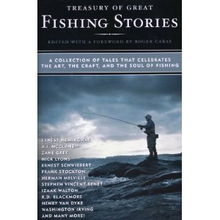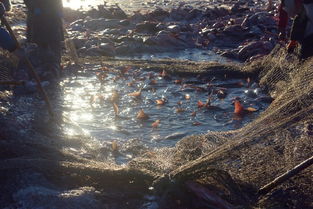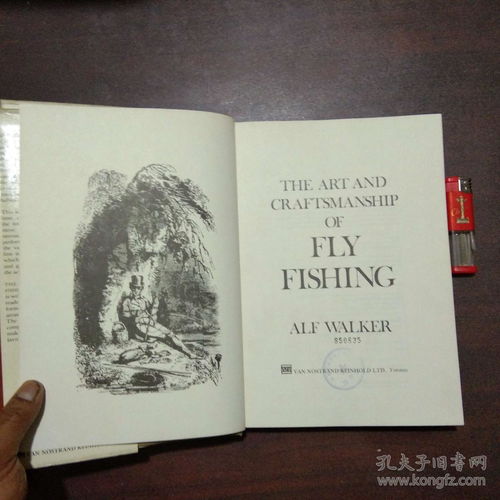Content:
Introduction: Fly fishing for flying fish at night can be an exhilarating and challenging experience. These unique creatures are known for their remarkable ability to leap out of the water, making them a favorite among anglers seeking a thrill. However, catching flying fish at night requires a different set of skills and techniques. In this article, we will delve into the art of nighttime fly fishing for flying fish, providing you with valuable tips and tricks to increase your chances of success.
Understanding Flying Fish Behavior: Before we dive into the techniques, it's crucial to understand the behavior of flying fish. These fish are most active during the twilight hours, particularly during the evening and night. They are known to leap out of the water to escape predators or to move to new feeding grounds. By understanding their behavior, you can better position yourself and your equipment to catch them.
Timing is Key: To catch flying fish at night, it's essential to be at the right place at the right time. The best time to fish for them is during the twilight hours, just before and after sunset. During these periods, the fish are most active and likely to be leaping out of the water. Plan your fishing trip accordingly, and be prepared to stay out for several hours to maximize your chances.
Choose the Right Location: Flying fish are often found in coastal areas, near the shoreline or in shallow waters. Look for areas with a mix of sandy and rocky bottoms, as these provide a variety of feeding opportunities. Currents and tide changes can also influence the location of flying fish, so keep an eye on the local weather and ocean conditions.
Selecting the Right Equipment: For nighttime fly fishing, it's important to have the right equipment. Here are some key components to consider:
a. Rod and Reel: A lightweight, fast-action fly rod with a smooth casting reel is ideal for targeting flying fish. The rod should be long enough to handle the distance and power required to cast to leaping fish.
b. Line: Use a floating fly line that allows you to present your fly at the surface. A leader of 9 to 12 feet with a tippet of 6 to 10 pounds is suitable for most situations.
c. Fly Selection: Choose flies that mimic the natural prey of flying fish, such as small baitfish or shrimp. Bright colors and patterns can be effective, as they stand out against the dark water.
Casting Techniques: Casting at night requires a different approach due to the reduced visibility. Here are some tips to improve your casting:
a. Use a shorter casting stroke to reduce the noise and vibrations that might spook the fish.
b. Cast slightly upstream to give the fly time to sink before it reaches the fish.
c. Pay attention to the wind, as it can affect your casting distance and accuracy. Adjust your casting technique accordingly.
Presenting the Fly: When presenting your fly to a leaping fish, it's important to be patient and precise. Here are some tips:
a. Wait for the fish to leap out of the water, then cast your fly in the general direction of the splash.
b. Keep your fly moving, as flying fish are often on the move. Use a steady retrieve or a series of twitches to mimic the action of a struggling prey.
c. Be prepared for the fish to hit the water before you can set the hook. Adjust your technique to account for the splash and potential splashback.
Hooking and Landing the Fish: When a flying fish strikes, be quick and decisive. Here's how to handle the situation:
a. Set the hook immediately by pulling back on the rod or by using a quick, upward motion.

b. Maintain tension on the line to prevent the fish from getting away.
c. Once you have the fish under control, slowly work your way to the boat or shore, being careful not to spook the fish.
Conclusion: Nighttime fly fishing for flying fish can be a rewarding and thrilling experience. By understanding the behavior of these fish, choosing the right equipment, and mastering the techniques discussed in this article, you can increase your chances of success. Remember to be patient, practice your casting, and enjoy the beauty of this unique fishing adventure. Happy fishing!












